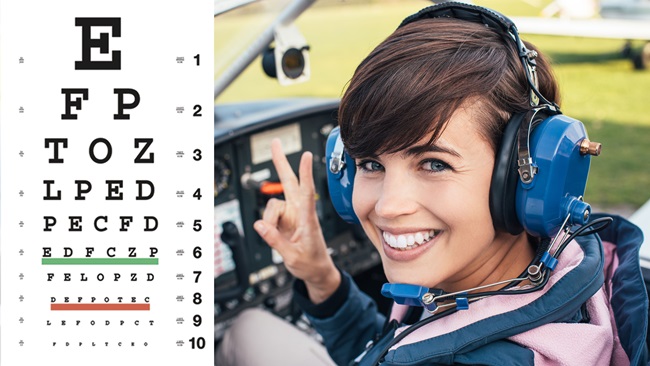As every student pilot learns during training, pilots need to maintain flight proficiency and currency. To accomplish this, the FAA has set minimum currency standards for all pilots, including those serving as FAA designated pilot examiners .
With few exceptions, pilots, from private through airline transport pilots (ATP), meet these basic requirements by performing a minimum of three takeoffs and landings every 90 days and by completing a flight review every 24 calendar months. These standards are found in the federal aviation regulations. DPEs are required to go a step further by complying with the standards set forth in the General Aviation Airman Designee Handbook, Order 8900.2A (www.faa.gov).
The requirements vary depending on the type of designations the DPE maintains, and are not overly demanding. For example, a DPE who conducts checkrides in airplanes is required to obtain a minimum of 60 hours’ pilot-in-command time in airplanes during the previous 12 calendar months, which must include a minimum of 10 hours in each class of airplane for which authorizations are held. So a DPE providing checkrides in both single- and multiengine airplanes could meet these requirements by obtaining 50 hours in single-engine airplanes and another 10 hours in multiengine airplanes as PIC every 12 months.
Fulfilling these meager requirements should be easy, until you consider that the FAA does not allow the time spent administering practical tests to count toward annual PIC time requirements. This limitation makes perfect sense. During checkrides the examiner is acting more as a passenger than anything else, passively observing and evaluating pilot knowledge and skills, while the applicant remains the PIC. For DPEs who administer practical tests part-time while remaining active in flight instruction, charter, corporate, airline, or other professional flying, meeting the PIC requirements is no problem. But it can be more challenging for DPEs who consider testing their full-time vocation. Aircraft ownership, rental, flying club membership, or even begging and borrowing others’ airplanes becomes necessary.
Considering the true objective for having these minimum standards is to maintain a proficiency level needed to safely conduct practical tests, a prudent DPE will meet these time requirements through meaningful flying activities, and not just boring holes in the sky with one eye glued to the clock.
And since all pilot examiners are required to also hold current flight instructor certificates, the most obvious and probably most beneficial way to achieve the PIC time requirements would be through providing flight instruction. The vast majority of pilot examiners have acquired decades of great aviation experience; sharing that experience with student pilots not only helps the DPE meet the annual PIC currency requirements, but it’s also a fantastic way to pass on knowledge and experience to the next generation of pilots.
Many of the top flight schools across the country have pilot examiners on their CFI rosters. Seek them out for the wealth of knowledge they can provide to fledgling pilots. Although most examiners will not test an applicant for which they have personally provided the bulk of training—and indeed are prohibited from testing an applicant that they themselves have endorsed for the checkride—there is no better way to experience, stress free, the details and expectations of a typical practical test than by taking a mock checkride with a DPE, even if you will eventually complete your checkride with a different examiner.
And when your next flight review comes due, tapping the resources of your local DPE would be another excellent way of achieving your flight review goals. Every pilot has a few weak spots. So whatever yours are, work with a DPE on those and you’ll not only be helping the DPE maintain currency, but at the same time be doing yourself a big proficiency favor that you will not regret.
Bob Schmelzer is a Chicago-area designated pilot examiner, United Airlines captain, and Boeing 777 line check airman. He has been an active gold seal flight instructor since 1972.


